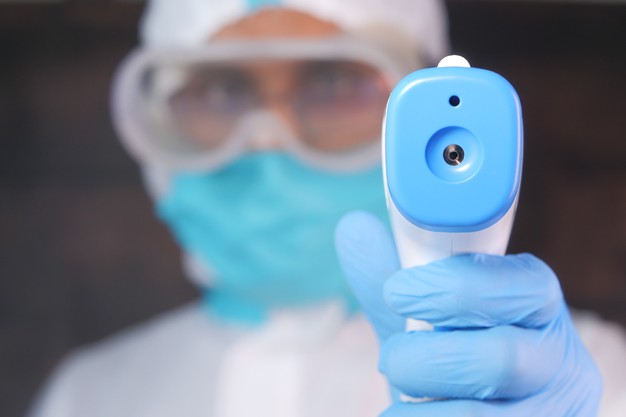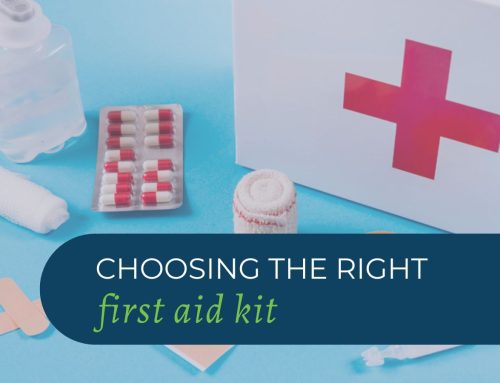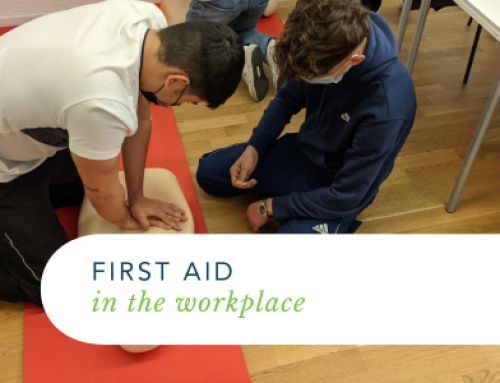As this month comes to a close, we would like to emphasize on the country’s efforts to raise awareness. Across Australia, October is observed to be National Safe Work Month, every year it is celebrated to spread the message of workplace health and safety. This year’s theme is: Work Health and Safety through COVID-19. This year has been far more challenging to everyone. Businesses had to adapt instantly and had to change how they operate due to the pandemic. This means the risks, practices, and procedures had to change and be raised to another level as well.
With only two weeks left, we would like to encourage everyone to spread the message of how, despite COVID-19, we should continue and religiously follow safety procedures in our respective workplaces. The current situation may have presented every industry a challenge for both the employers and the employees.
Making it a commitment to promote and improve workplace health and safety amidst COVID-19 is an ongoing process and it would mean sharing and implementing best practices. Today, successful organisations view safety as an asset, and health and safety spending as an investment. This is because a safe workplace adds measurable business value, and can drive tangible improvements in performance, profit, and culture. Below are a few key points to remember:
- Hazard/Risk Management – Involves looking for equipment, machinery, location, or situations in the workplace that may cause harm physically, emotionally, and mentally to staff, occupants, and visitors. Conducting an assessment of these risks would be beneficial and consult with workers and WHS Professionals on how to minimize and eliminate them.
- Staff Assistance – Supporting the staff that are working onsite and offsite help boost their morale, hence promoting a safety culture and increase their productivity. Organize events on a regular basis to catch up with the staff to see how they are doing and address any issues. We all have an important role to play to ensure that everyone at our workplace is physically and mentally safe.
- Emergency Plans – Have a plan in place that details the procedures, requirements, and instructions should an emergency take place. Graphic representation of the facility by way of installing diagrams, providing regular training to staff, and a structure within the organization for designated wardens are just some of the main components in an emergency plan. Australian Standard 3745-2010 Planning for emergencies in facilities defines the Emergency Planning Committee (EPC) as the persons responsible for the documentation of an emergency plan. The EPC is generally responsible for developing, implementing, and managing the emergency plan and the relevant training and procedures.
Workplace Emergency Management can help you empower your team to handle any emergency with certainty, with our range of comprehensive services that are tailored to the needs of your workplace.
Our consultants and trainers have been integrating COVID-19 procedures into our training sessions to make sure we continuously empower staff to develop a mindset that revolves around safety, one facility at a time. We take pride in the quality of service we offer and with our consultants’ expertise in knowledge and skills delivery. Contact us today to find out more about the workplace safety solutions we provide companies all around Australia at 02 8883 1694.
GET IN TOUCH
Are you ready for peace of mind that your workforce is as safe and prepared as possible?
With a dedicated team of staff ready to help you meet compliance requirements and improve the overall safety of your workplace, all you need to do is get in touch.
Request your free audit today!



